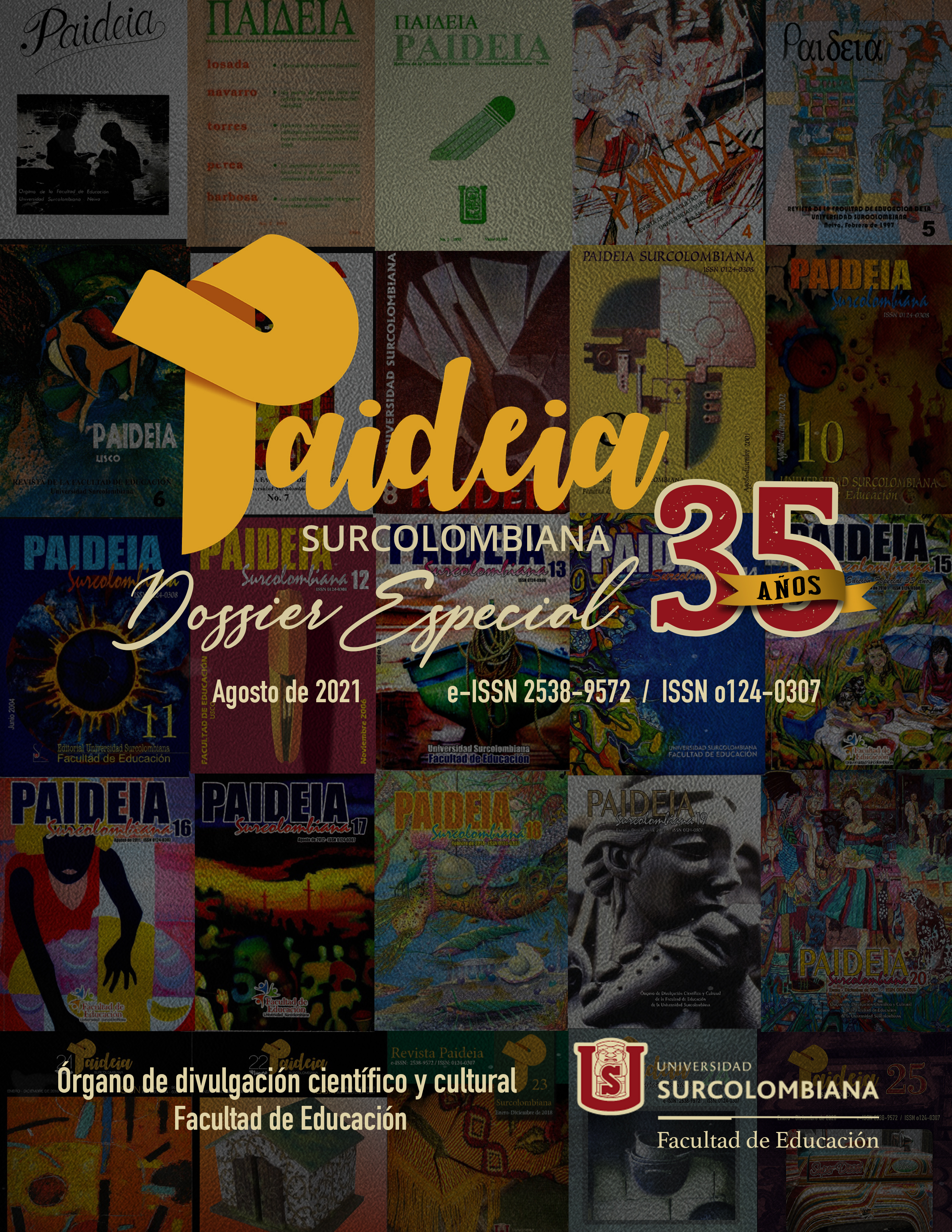A look from the visual arts for inclusion
##plugins.themes.bootstrap3.article.main##
People biased by any stereotype require spaces that provide training that transcend their limitations, feelings, emotions and develop communication skills, sensitivity and creativity. This qualitative methodology research intends that public and private cultural institutions guarantee access to art and culture through inclusive processes.
Diverse populations require training based on their needs and conditions, which mark their personal lives and are significant for the transformation of the sociocultural context. The research entitled "Inclusive Training Program in Visual Arts for the Cultural Agency of the Banco de la República in Neiva Huila", is an initiative that seeks to enable access and attention to diverse populations through the visual arts. This research proposes to generate inclusive actions through a program that trains and orients diverse populations from the visual arts.
The objective of this research is to design a program aimed at fostering the development of sensitivity and creativity in diverse audiences. As a result, a characterization sheet of the participants who attend the programming established by the agency is elaborated, and we interact with them to know their tastes, expectations, artistic needs, impact on the workshops and the conditions and inputs for their development, thus recognizing that the cultural agency does not have diagnoses of the attending population and the artistic activities are oriented without taking into account a program in visual arts that responds to the particular characteristics required for inclusion.
Downloads
##plugins.themes.bootstrap3.article.details##
Aguirre, M. A. (2017). Interpretación de las estrategias de aprendizaje y las prácticas ambientales que permitan afrontar el daño ambiental generado por el macro proyecto de renovación urbana barrió San José, Manizales (Tesis de maestría, Universidad de Manizales). Recuperada de http://ridum.umanizales.edu.co:8080/jspui/bitstream/6789/3229/1/TESIS%20MARIA%20ALEJANDRA%20AGUIRRE.pdf
Álvarez, J. (2003). Como hacer investigación cualitativa: Fundamentos y metodología. México: Paidós
Bobadilla, S.; Sánchez, L.; y Villa, P. (2014). Análisis de los conceptos de la cadena de suministro y su relación con el desempeño organizacional (Tesis de pregrado). Universidad del Rosario, Bogotá.
De Bono, E. (1994). El pensamiento creativo: El poder del pensamiento lateral para la creación de nuevas ideas. Barcelona: Paidós.
Holguín, K.; Sierra, G.; y Quiñones, S. (2012). Estrategias metodológicas empleadas por los docentes de educación preescolar del municipio de San Sebastián de Mariquita (Tolima) en la enseñanza de la lectura. Revista Logos, Ciencia & Tecnología, 3(2), 28.
Melgar, J. M. (1998). El desarrollo comunicacional y los procesos políticos, económicos y sociales. Universidad Francisco Gavidia
Romero, P. (2008, agosto 12). Pedagogía de la humanización [Web log post]. Recuperado de http://aportespablo.blogspot.com/














